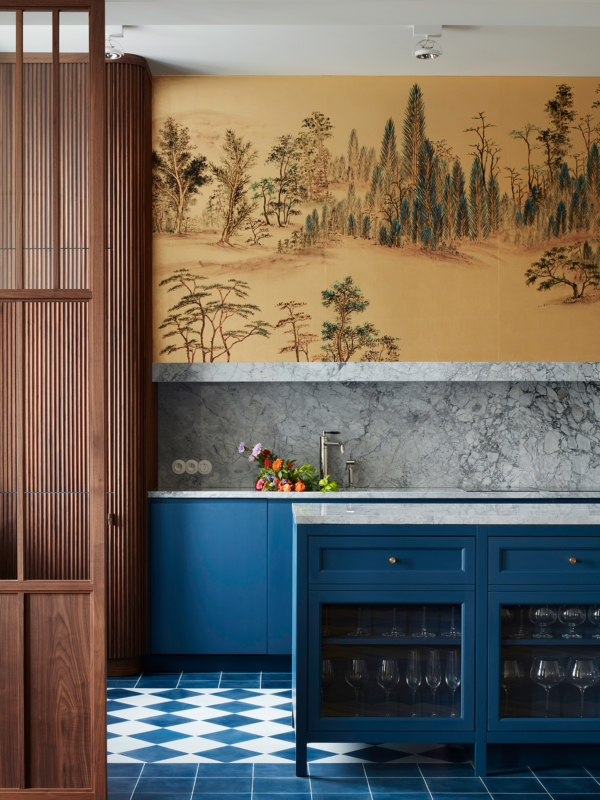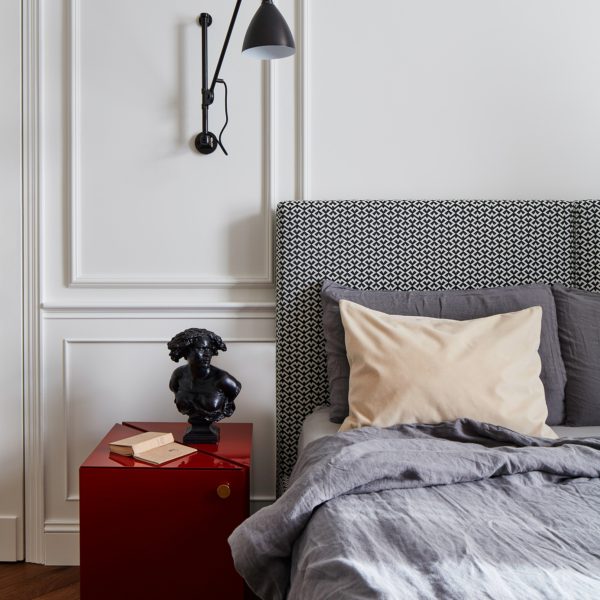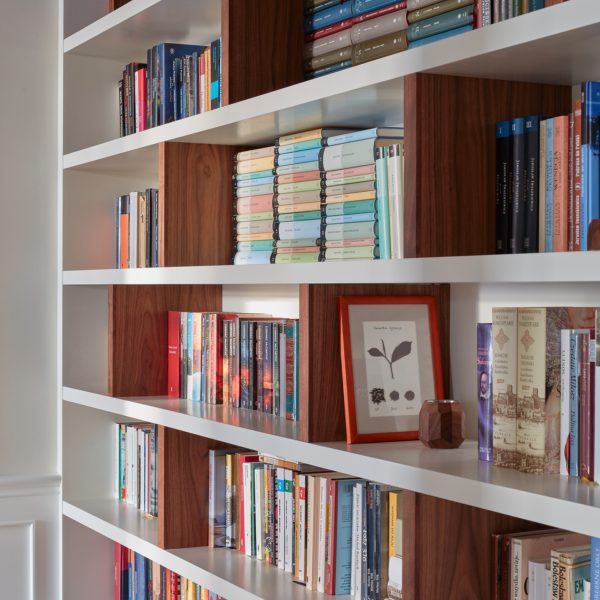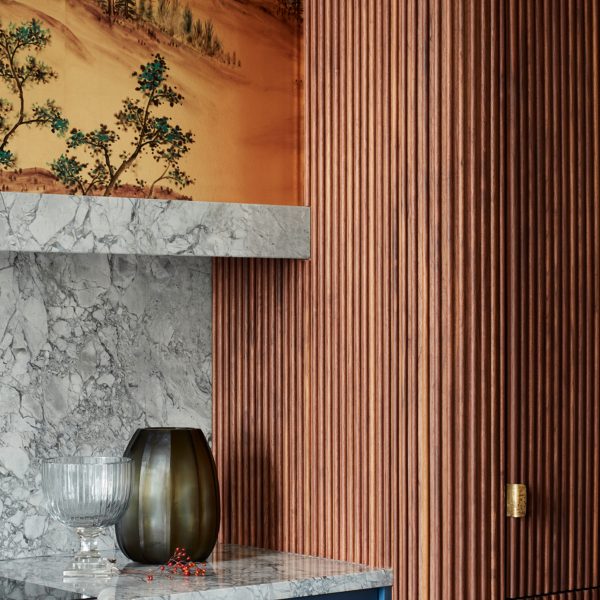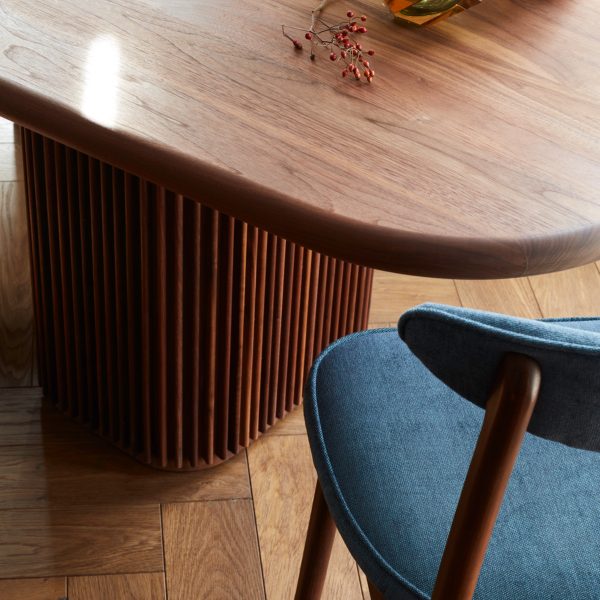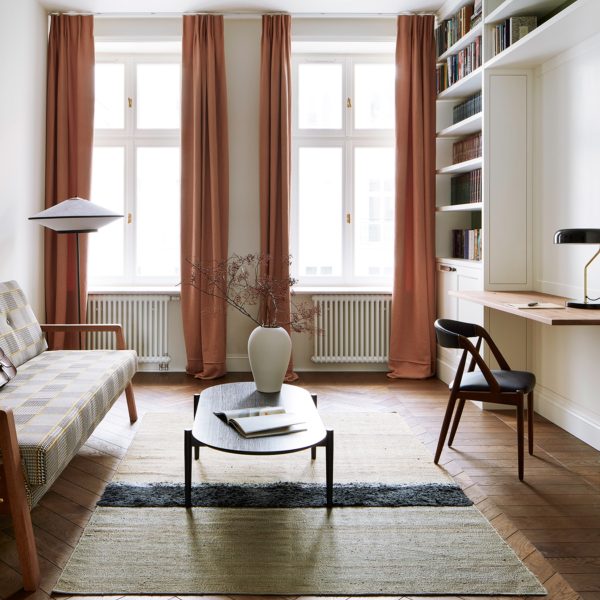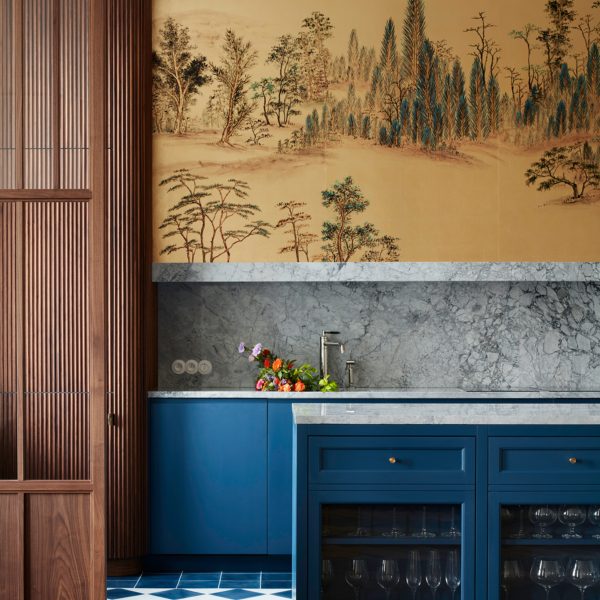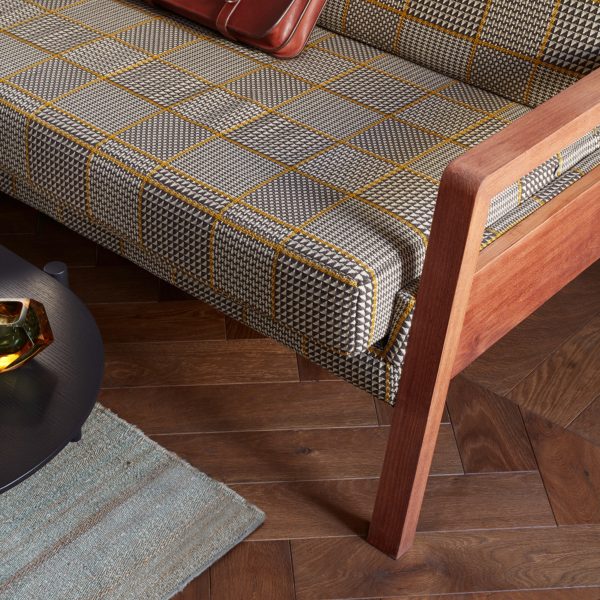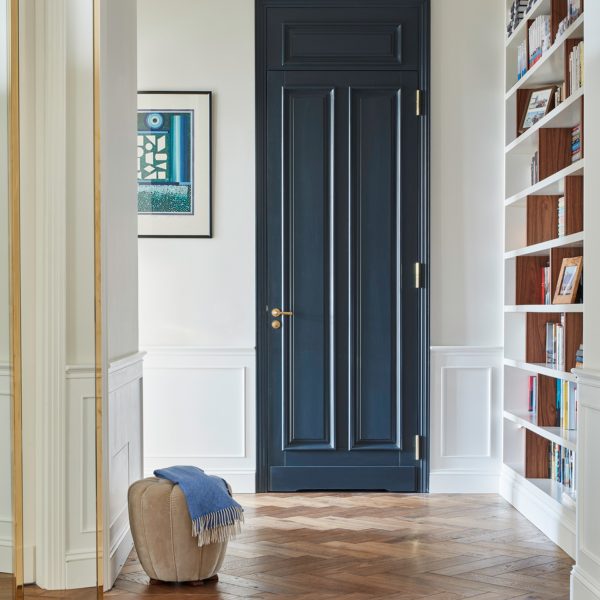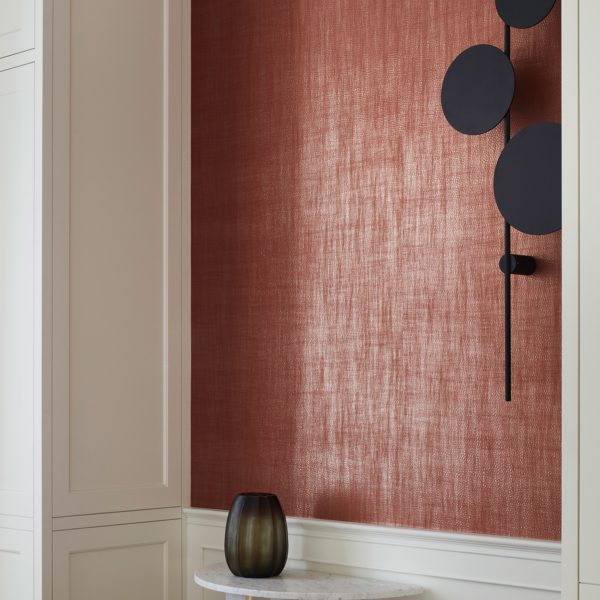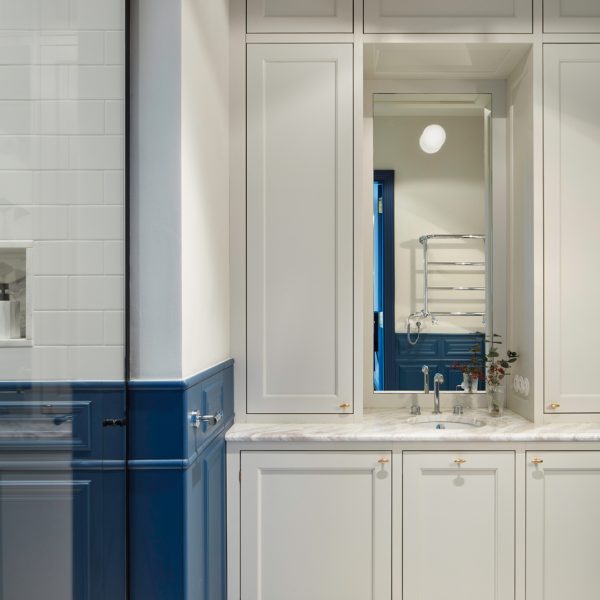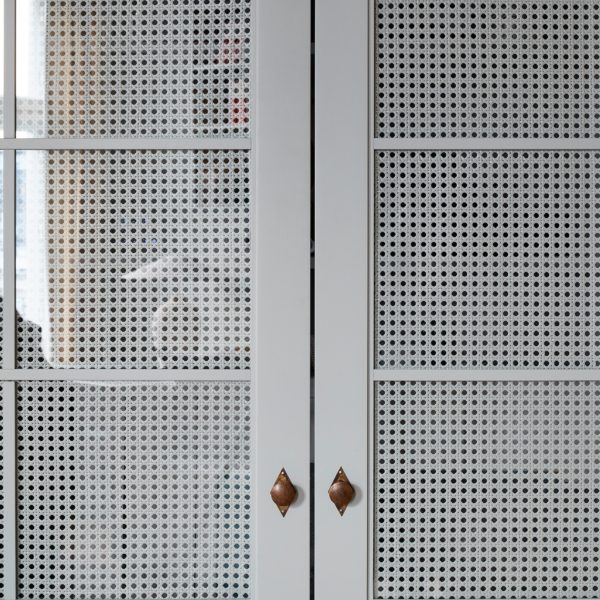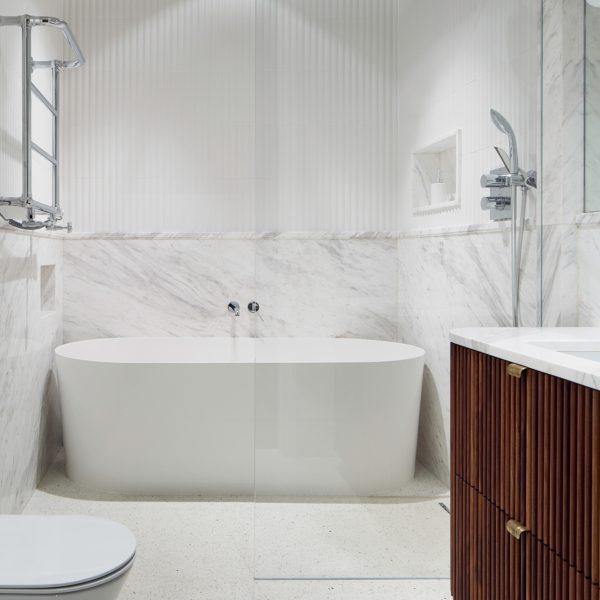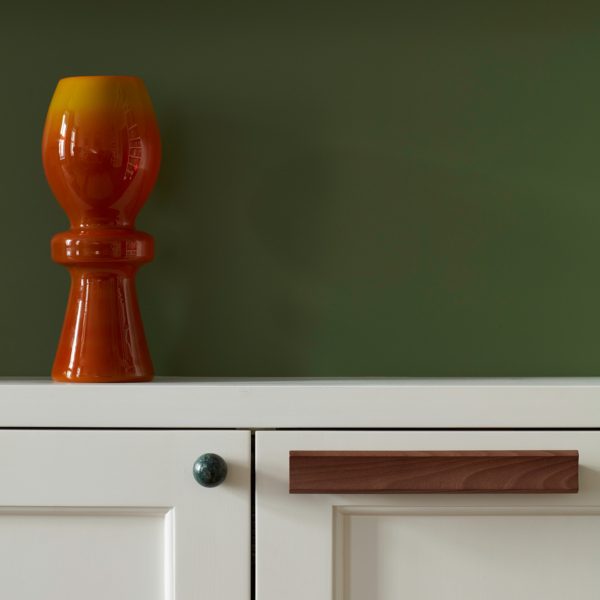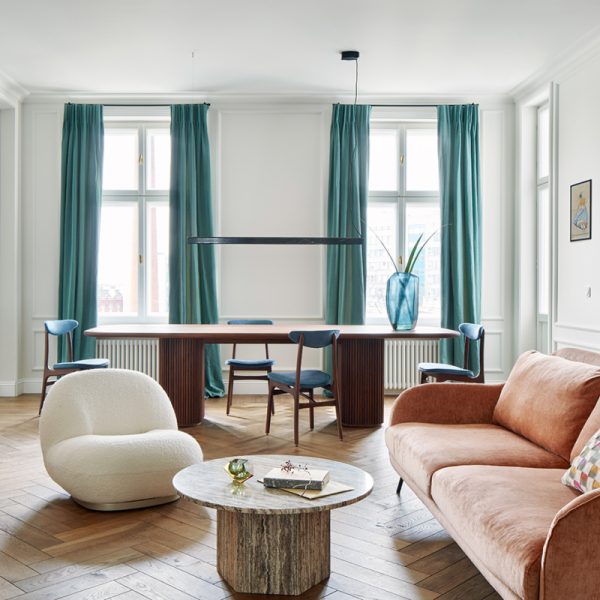Colombe Studio’s Noakowskiego projects a deep understanding of the inhabitants; especially the nature of their lives as creative people. The intersection of personal contexts with the age and style of the existing architecture inspired Colombe to foreground eclectic design as the default style of choice.
___________________________
There are myriad reasons to embrace an eclectic spirit; generally it enables long held treasures to form part of everyday life. Self evidently adopting the latest design trends may mean hiding favourite objet d’art for fear of compromising the look. Eclecticism admits all design styles, colours and textures.
_______________________________
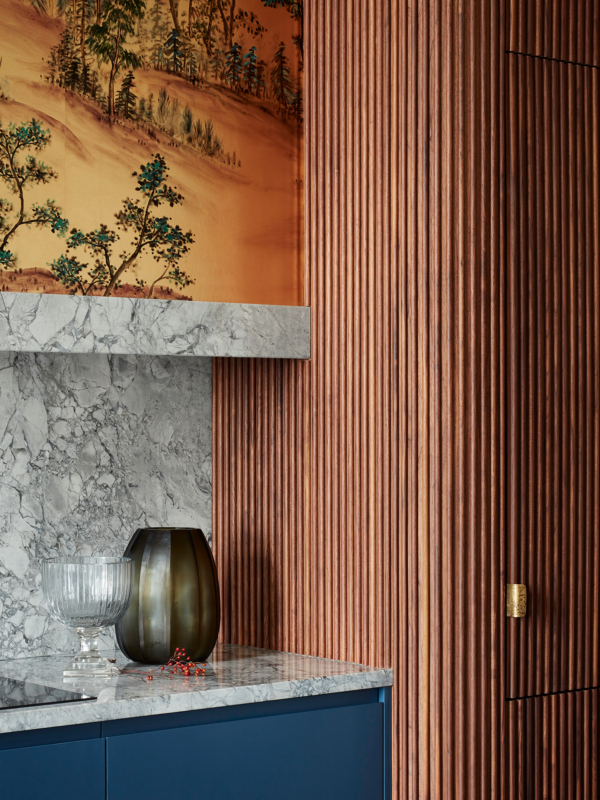
___________________________
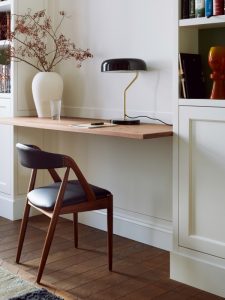
Putting it together successfully is key.
By creating discrete tableaux within the apartment, as Colombe has done here, enables the accommodation of disparate pieces and design periods.
A quick glance through leading design magazines reveals eclecticism as the current trend: a style salient French designers like Pierre Yovanovich, Claude Cartier and Royal Roulotte (to name just three) have long subscribed to.
It remains the go-to-style for individualists irrespective of their economic or social position.
Lovers of the eclectic, while taking the road less travelled, are trend setters not followers. They see the timeless value of objects or furnishings with a story to tell: mixing up a favourite means of self expression to arrive at a singular ‘one off’ style. By definition, they position themselves at the front of the pack.
___________________________
Devotees of the eclectic are risk takers, ingeniously incorporating diverse objects and furnishings within a unique self-defined style; accompanied by effortless sang-froid.
___________________________
Noakowskiego exerts a particular spirit reflecting elements of the owners unique personalities.
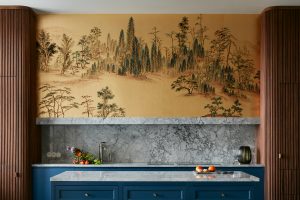 Firstly, the mix of styles in the kitchen – from Orientalism seen in the de Gournay wallpaper (by definition traditional), to a contemporary palette of bright cornflower blue in the cabinetry. The fluted timber joinery is a stroke of genius – the fact that it is both neutral and natural with a simple vertical pattern means it seamlessly unites, both literally and aesthetically, the colour blue, the tiling and the wallpaper.
Firstly, the mix of styles in the kitchen – from Orientalism seen in the de Gournay wallpaper (by definition traditional), to a contemporary palette of bright cornflower blue in the cabinetry. The fluted timber joinery is a stroke of genius – the fact that it is both neutral and natural with a simple vertical pattern means it seamlessly unites, both literally and aesthetically, the colour blue, the tiling and the wallpaper.
___________________________

The timber fluting works too as an integrating feature when repeated in the dining table. Overall diversity is revealed in the dining chairs (a reference to Polish designer Hierowski’s 1960’s chairs, and as such bordering mid-century) as well as the building’s established footprint. These disparate elements speak to contemporary sensibilities yet are drawn from decades of design history.
___________________________
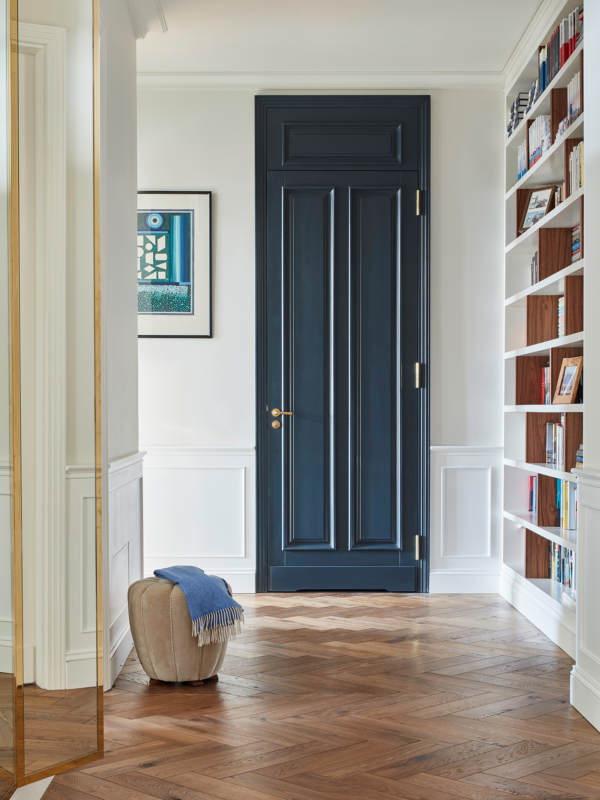
The 1913 building designed by Polish architect Edward Eber exhibits original details that impose a sense of authority. The rich parquetry flooring, high ceilings and ‘transom’ windows; along with imposing doors and authentic double windows on the exterior is almost enough credibility sans further adjustments. The following quote is apt here, both in relation to Eber’s architecture and materials as well as Colombe’s remodel.
“…It’s quite common to see references between craftsman and Japanese design aesthetics – they both have a deep appreciation for craft as art, honesty and simplicity of material.” Prospect Refuge
___________________________
Eclectic aficionados are happy to make a style statement that cuts across the grain of history; implying both a sense of depth and a slightly militant multifariousness with a disregard for current trends.
___________________________
___________________________

